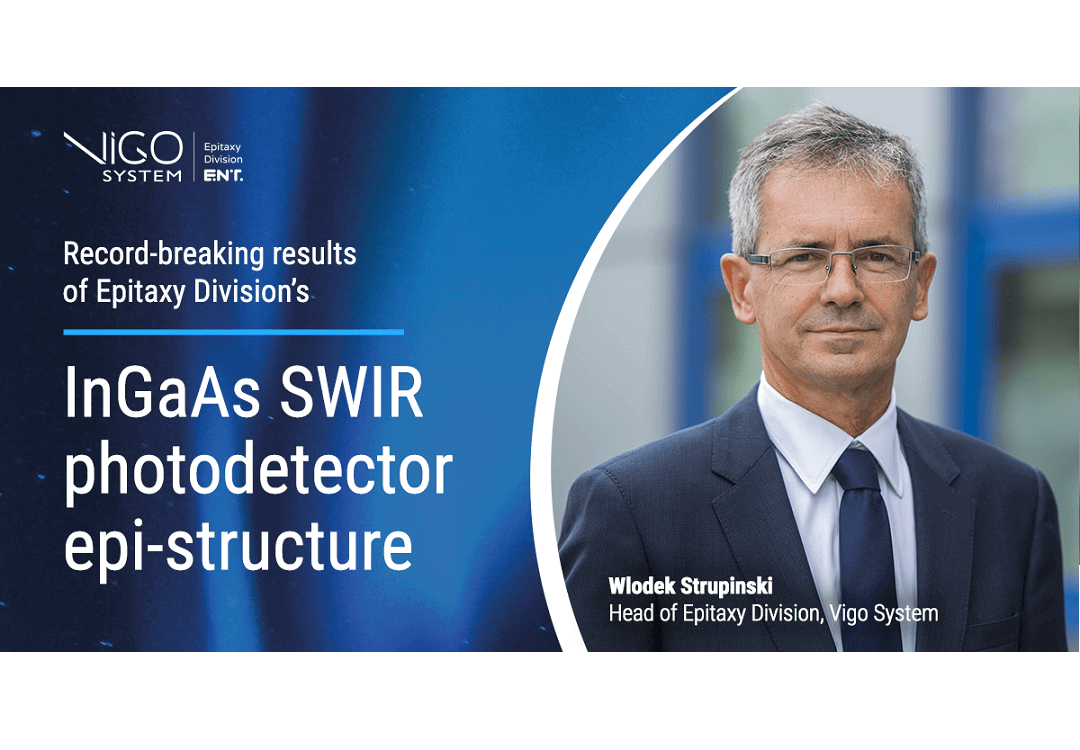
VIGO Photonics’s Epitaxy Division, specialising in high-grade III-V compound semiconductor epitaxial structures for photonic and microelectronic devices, together with Prof. Ekmel Özbay and his team from Bilkent University have developed the state-of-the-art InGaAs-based 1.7 short-wave infrared (SWIR) photodetector.
Short-wave infrared (SWIR) photodetectors are widely used in night vision, gas sensing and telecommunications applications. Sensing in extremely low illumination levels requires the highest quality of epi-structures to detect very low photon flux.
“InGaAs is a great material for the development of high-performance SWIR photodetectors. Many research groups from all over the world are working to provide epi-structures with higher responsivities and lowest possible dark currents to improve the performance of a device. Together with Prof. Ozbay and his team we have obtained outstanding FPA pixel dark current values that not only beat the European performance decisively but are very close to the overall best performance in the literature.” – said Wlodek Strupinski, Head of Epitaxy Division at VIGO Photonics.
This achievement was possible thanks to close collaboration between VIGO Photonics and Bilkent University at every stage of the device development. The Epitaxy Division’s expert epi-growth and insightful characterization of the epi-structure during the optimization trial helped to improve the SWIR photodetector’s design. As a result Prof. Ekmel Özbay’s team have achieved the highest device performance. Further works on the structure design optimization will be carried out.